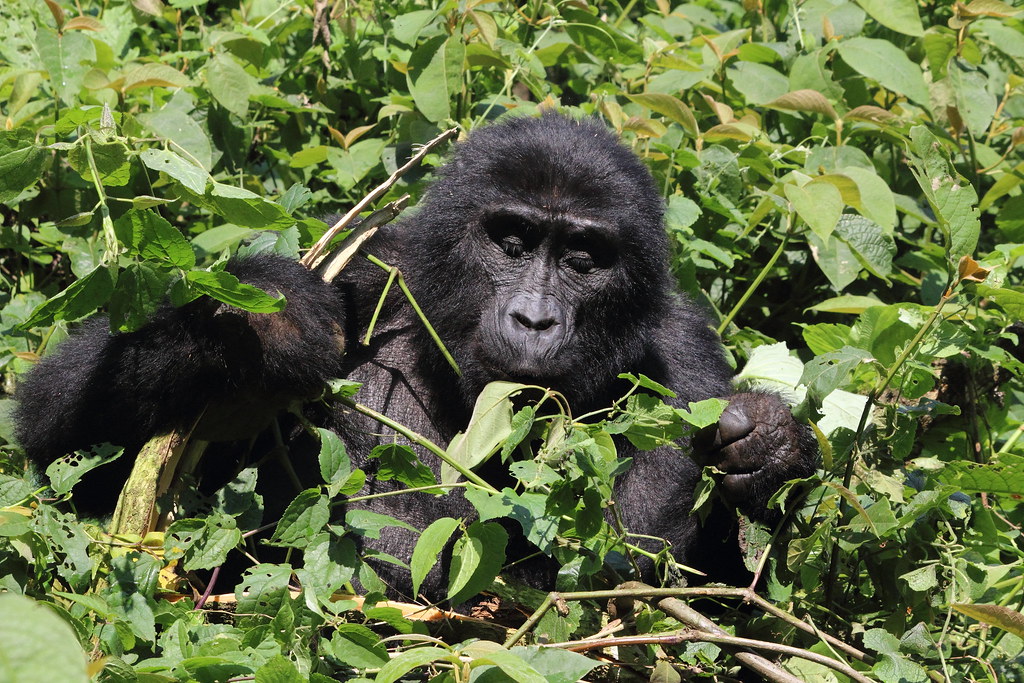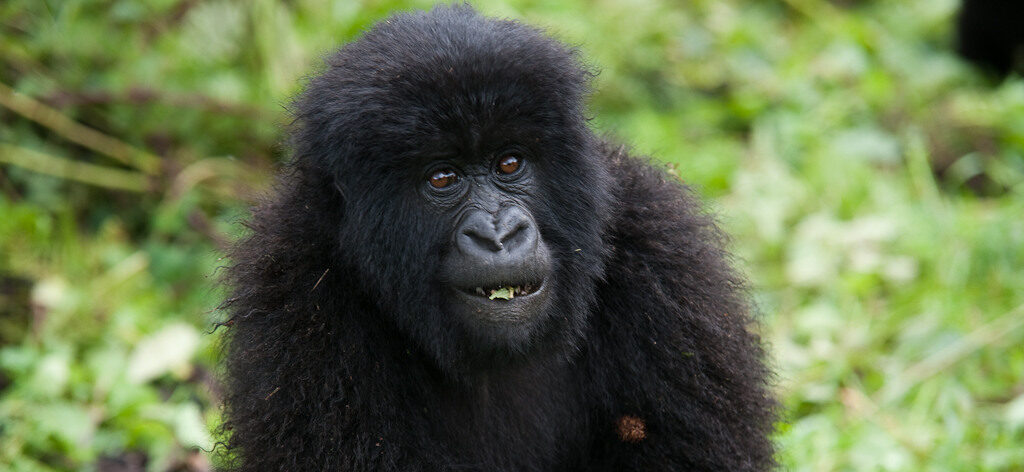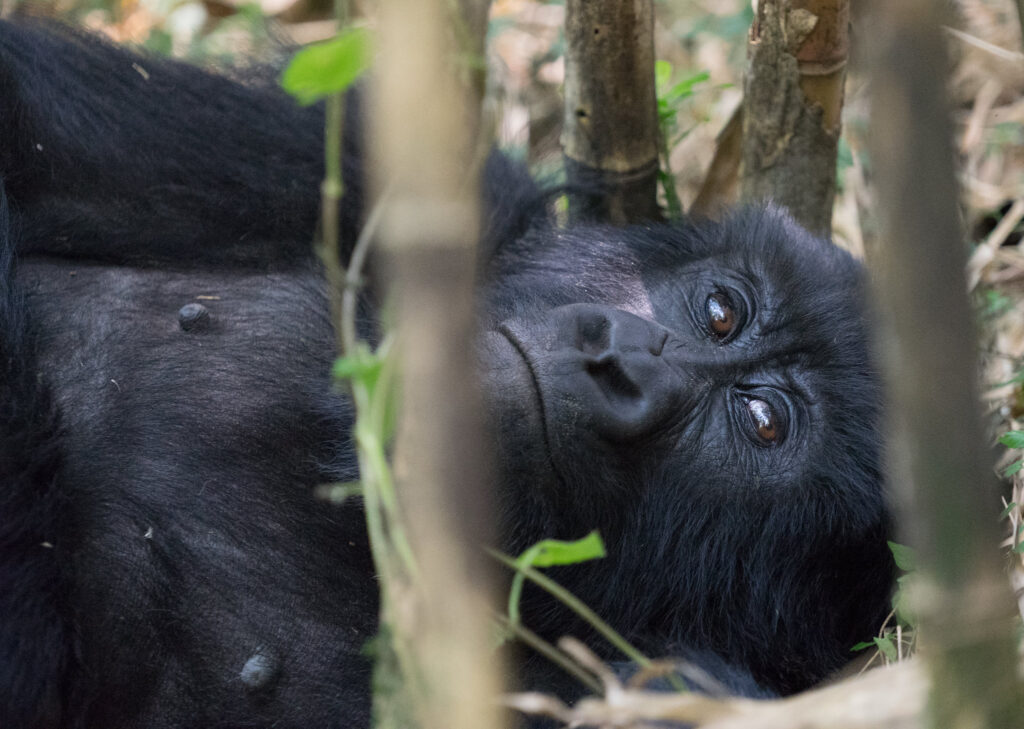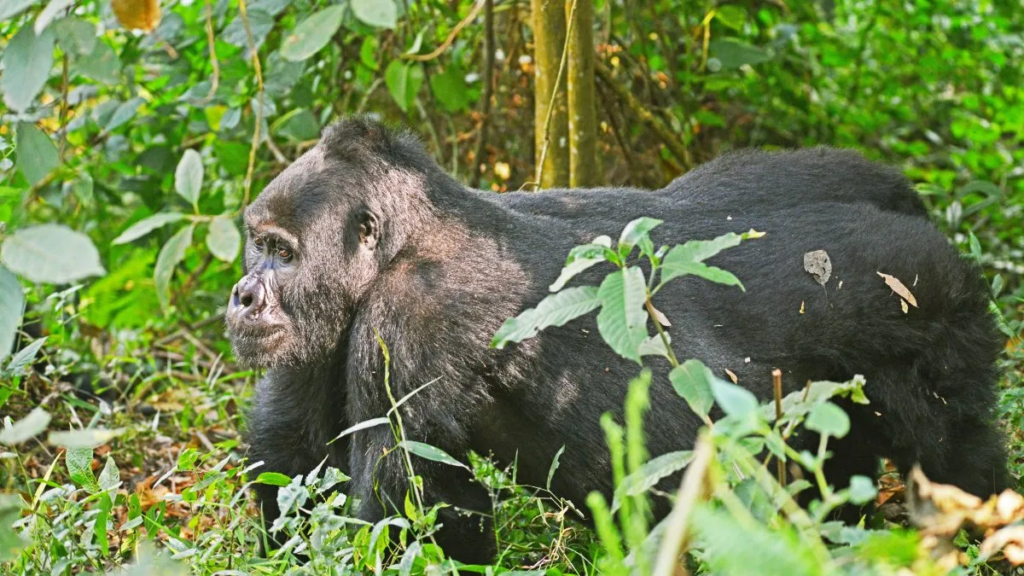Gorilla Permits for Photography: What’s Allowed and What’s Not
For many travelers, photographing mountain gorillas is a key reason to go trekking. These animals offer rare, intimate photo opportunities that few wildlife experiences can match. But while photography is allowed during your trek, it comes with clear rules. These regulations protect both the gorillas and your safety. Understanding what your permit allows—and what it doesn’t—ensures a smooth, respectful, and rewarding photography experience.
Photography Is Allowed, But with Limits
Yes, gorilla permits allow photography. You can take as many photos as you want during your one hour with the gorillas. However, flash photography is strictly forbidden. The sudden burst of light from a flash can startle the animals, disrupt their behavior, or provoke aggressive reactions—especially from dominant silverbacks.
All major parks—Volcanoes in Rwanda, Bwindi and Mgahinga in Uganda, and Virunga in Congo—enforce this rule firmly. Rangers will remind you at the start of your trek and may stop you if you forget to turn off your flash.
What Gear Is Acceptable?
Visitors can bring cameras, DSLRs, phones, and small video equipment. However, the trek can be long and steep, so it’s wise to pack light. Most photographers use zoom lenses, as you must maintain a distance of at least seven meters from the gorillas. A 200mm lens or higher usually works best for capturing clear, close shots without disturbing the animals.
Tripods are not practical during the trek because of the uneven terrain and limited space in the forest. Monopods are more manageable, but check with your guide beforehand, especially in dense vegetation.
What You Cannot Do
You’re not allowed to use drones inside the parks. Drone use is restricted across all gorilla trekking destinations due to noise disturbance and privacy issues. You also cannot surround or block the gorillas for the sake of a perfect shot. All movement must be slow and quiet, and you must follow the ranger’s instructions at all times.
Avoid loud shutter sounds, aggressive camera setups, or actions that might shift attention away from your group and toward the gorillas. Respectful photography keeps everyone safe and protects the natural behavior of the animals.
Tips for Better Photos
To capture great images, prepare your camera settings in advance. Use fast shutter speeds to freeze movement, and adjust ISO for forest light. Keep your flash off completely. Try to take breaks and simply watch the gorillas—you may end up with fewer photos, but more meaningful ones.
Remember, your time is limited. Focus on a few great shots rather than stressing over quantity. And always put the gorillas’ comfort ahead of your camera’s demands.
Final Thought: Plan Your Safari
Gorilla permits include the right to photograph these incredible animals, but only with care and respect. Follow park rules, turn off your flash, and be mindful of your gear. With patience and preparation, you’ll walk away with stunning photos and a memory that will last far beyond the shutter click.



